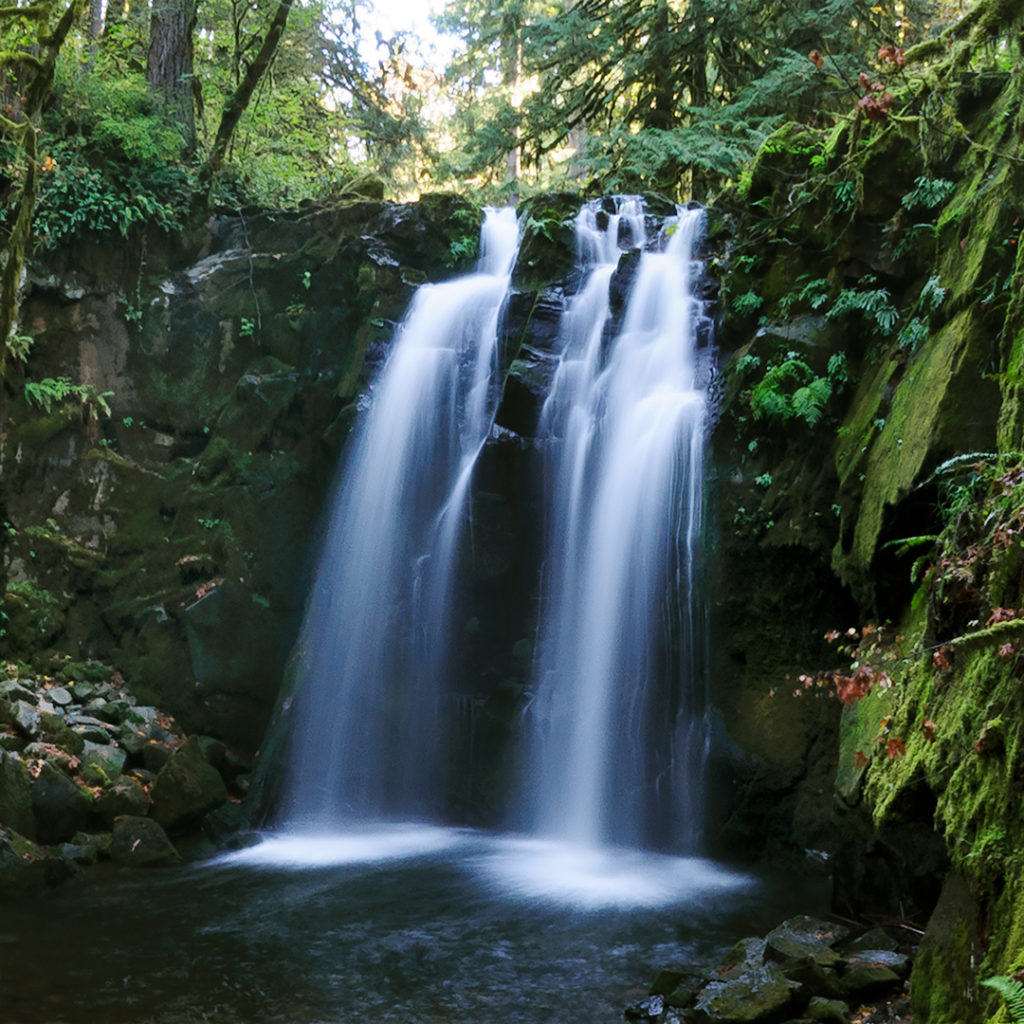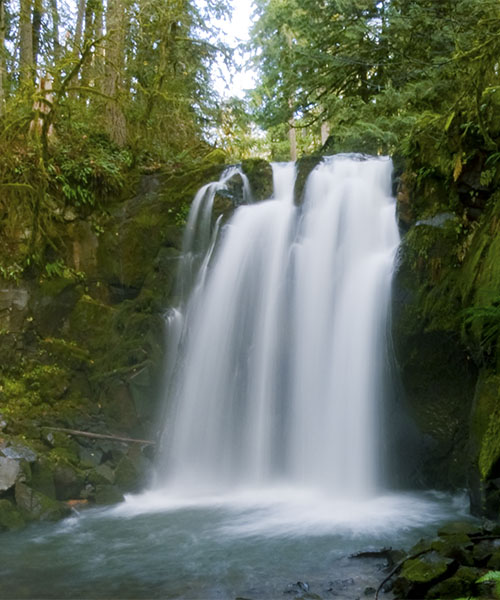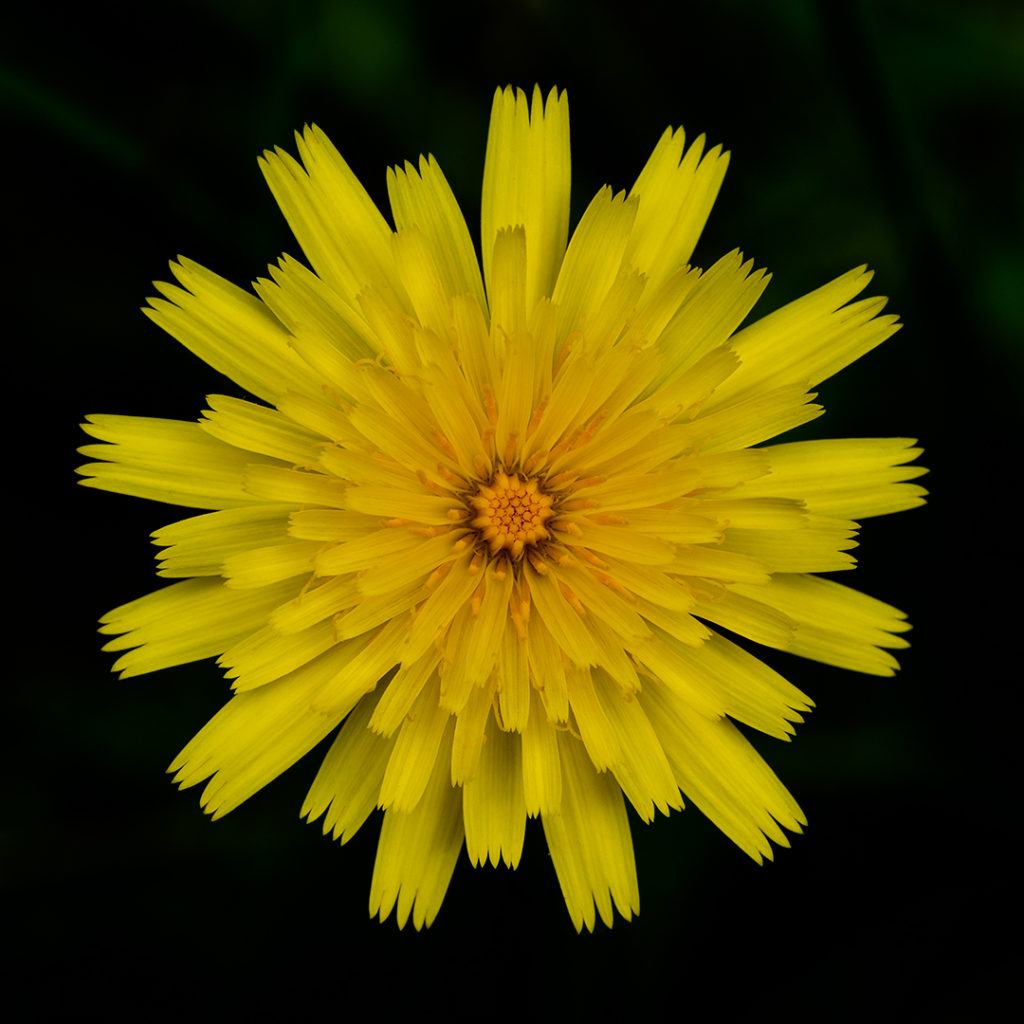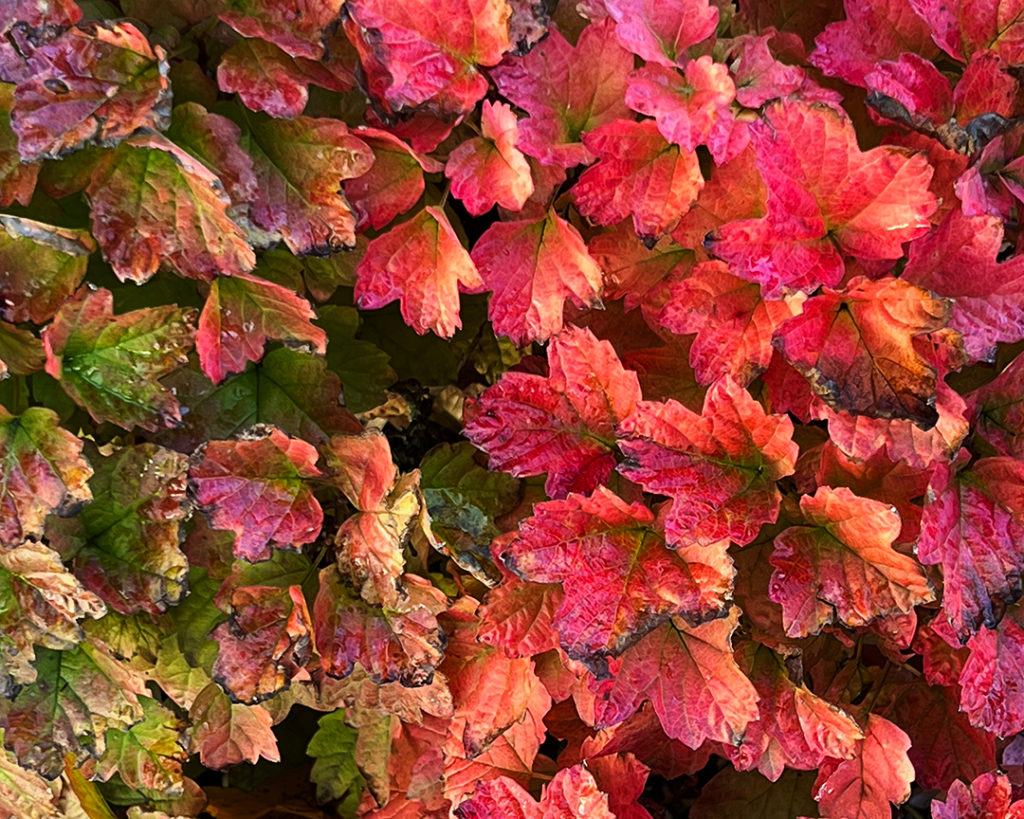Neskowin Ghost Forest
This is the Neskowin Ghost Forest, a grove of trees that was buried in sand around 2000 years ago.
Although many reports claim that these trees were buried in an earthquake, the best consensus is that they were buried by gradual dune encroachment. This often happens on coastlines.
This buried forest was uncovered in 1997-8 during a winter of El Niño storms and have been exposed ever since.
Read more
Avery Park
This is the rose garden in a local park at mid-morning as the sun is just starting to illuminate it.
Taken at the beginning of spring in the northern hemisphere, new growth is just starting. This picture was taken as my initial entry in the World Wide Panorama (WWP) “Wrinkle” project, in which 360 panoramas will be taken all over the world during the 24-our period surrounding each solstice and equinox.
I hope to take all of the Wrinkle pictures here, although perhaps in slightly different spots, to show the change of seasons in the garden.
The Wrinkle project is to take multiple pictures at the same time but at different locations. With luck, my entries will also be the compliment of that — taking multiple pictures at the same location but at different times.
New Version of UPCA Church Interior
This is an updated version of a previous post of the interior of United Presbyterian Church in Albany, Oregon.
Read moreMore About Waterfall Experiences
This is a picture from a recently posted 360 photo of Majestic Falls. The original picture was for one of my World Wide Panorama projects, and talked about the waterfall in general. I used a different picture of this same waterfall to discuss the idea of qualia; that one was just a normal photograph.
The normal photograph and discussion illustrated ideas of conscious experience and helped me think about the different aspects of experiences that are just based on perceptions, versus those that also involve internal context and related thoughts.
Read more
Majestic Falls Again

This is Majestic Falls, the main waterfall at McDowell Creek Falls county park.
Read more
Frameless Pictures
When photographs are printed and hung on a wall, they often have a frame and a matte. Sometimes though, photographers, like other visual artists, choose to display their pictures without a frame – so-called “frameless” mounting. The picture here is an example of that.
This example does have a solid side, but sometimes frameless mounts don’t even have that – they may be mounted flat on the wall, or have a small hidden mount behind the picture so that it appears to be floating in front of the wall. In any case, the point is that there is nothing in the same plane as the picture itself.
Read more
The Experience of Waterfalls
This is Majestic Falls, in the McDowell Creek Falls area, taken on a morning that was supposed to be cloudy but turned out sunny. Fortunately we made it there before the sun became a problem. Taken with a long exposure, the falling water appears silky smooth, almost like a wisp.
This photographic approach is very popular. One reason may simply be the beautiful aesthetic of silky smoothness. But also, something about this style seems to capture what we feel when we see a waterfall — the sense of pure unbroken flow.
In other words, the smooth lines of flowing water give a sense of what we experience, but may not be an accurate representation of what we physically see.
Read more
An Example of Local Wonder
This is a picture of a dandelion, taken along a small lake at a local state park. I’m not sure why it caught my eye. After all, it’s just a weed, something that is generally not thought about much except as a problem, or perhaps occasionally for making tea. For whatever reason, I took this picture.
The picture ended up being surprising in how beautiful this simple little flower appeared. Some enhancements were done in post processing, but only to enhance the colors and shapes already there, and also to deemphasize the background.
Read more
Thoughts on Change
When I first published this picture, I described it as “The process of change”. Very simply, it was because that captured the process of the leaves changing from green to red. At the time, I didn’t have any particular ideas of what it illustrated about change, but I think one can see various possibilities in the picture.
Read more











